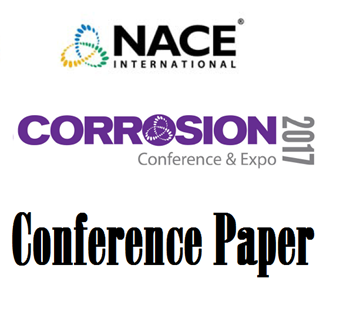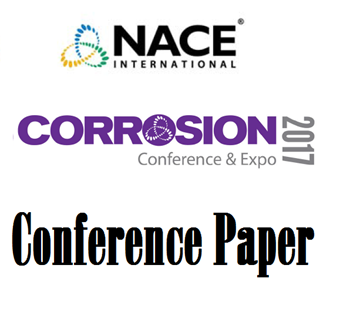Search
08RTS08 MIC of Nuclear Waste Containers
Also Purchased
Methods of Monitoring Reinforced Concrete Corrosion in Formulations for Nuclear Facilities
Product Number:
51317--9154-SG
ISBN:
9154 2017 CP
Publication Date:
2017
$20.00
51315-5511-US Nuclear Regulatory Commission Activities Regarding Buried and Underground Piping at Nuclear Power
Product Number:
51315-5511-SG
ISBN:
5511 2015 CP
Publication Date:
2015
$20.00
Hydrogen Cracks in Belgian Nuclear Reactor Pressure Vessels: Five Years After Their Discovery
Product Number:
51317--9457-SG
ISBN:
9457 2017 CP
Publication Date:
2017
$20.00
Recently viewed




